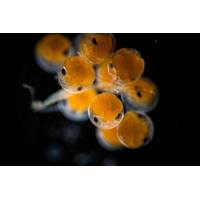
The Biggest Conservation Commitment in the World
animals. The larvae of many fish and invertebrate species such as coral can sense sound early in their development, and they use the sound of reefs to orientate towards appropriate habitat to settle in to so they can mature.Climate change can also impact marine protected areas. Researchers from Plymouth Marine Laboratory have called for the consideration of this, suggesting climate-smart protected areas would be designed and managed to maximize resilience to effects such as sea level rise and species distribution shifts.The challenges are being addressed globally. High-level discussions concluded last week
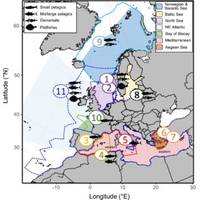
PML: How Climate Change Will Alter European Fish Distribution
A new study, led by Plymouth Marine Laboratory (PML) in collaboration with marine scientists from across Europe, reveals the extent to which climate change is set to significantly alter the distribution and abundance of commercially important fish species across European seas over the coming decades.The paper "Multiple Models of European Marine Fish Stocks: Regional Winners and Losers in a Future Climate," published in Global Change Biology, represents the first comprehensive, multi-model assessment of how 18 key fish stocks will respond to warming waters across seven European regional seas
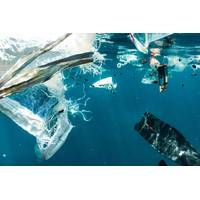
Plymouth Marine Lab: Study Shows Benefits of Cross-Country Plastic Pollution Management
nature of the marine environment suggests that coordinated actions by countries sharing an ocean border may provide more effective pollution control than unilateral actions by any one country,” said co-author, Prof. Nicola Beaumont, Head of Science for the Sea and Society group at Plymouth Marine Laboratory and lead of the Society and Regulation pillar of the North Atlantic Microplastic Centre (NAMC).To the best of the authors’ knowledge, this research is the first to combine ocean and economic models to establish the benefits of coordinated plastic pollution management across multiple
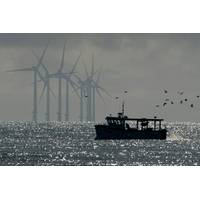
PML Study Examines UK Wind Farm, Fishermen Conflicts
Researchers at Plymouth Marine Laboratory (PML), alongside colleagues at the University of Aberdeen, found that the majority of UK fishermen feel their livelihoods are being threatened by the rapid expansion of offshore wind farms (OWFs), with impacts felt across all vessel sizes and fleet sectors.The study reveals that while the UK leads globally in offshore wind energy production, providing 45% of European capacity and 24% of global capacity, this growth is creating significant spatial conflicts with the commercial fishing industry as both sectors compete for limited marine space. Key findings:Fi
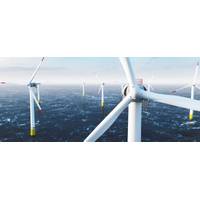
Using Ocean Robots to Dive into Offshore Wind Farm Wake Effects
Williams a physical oceanographer is leading the fieldwork for NOC to capture data on how windfarms might be impacting the marine environment using gliders and moorings.Dr Michela De Dominicis and Dr Jenny Jardine, also from NOC and along with colleagues in the Marine Directorate and Plymouth Marine Laboratory, will then use this observational data, combined with state-of-the-art computer simulations, to assess the wider impact of offshore windfarms in a changing climate.Investigating marine food chain functions“We know that placing structures in the water changes the mixing close to it
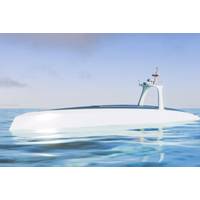
Design Images of World’s First Long-Range Autonomous Research Vessel Released
Plymouth Marine Laboratory (PML) has released a video featuring a computer-generated imagery (CGI) impression of the world’s first long-range autonomous research vessel, Oceanus.The 24-meter vessel, designed by MSubs, will be fully-uncrewed, self-righting and capable of carrying an array of monitoring sensors to collect data for research into areas such as climate change, biodiversity, fisheries and biogeochemistry. The vessel will be able to reach remote areas of the ocean that are difficult or impossible to sample through traditional research vessels, whether due to remote locations or
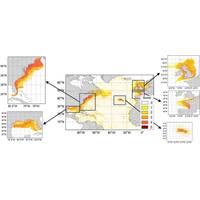
High-Risk Litter Zones Threaten North Atlantic Wildlife
A new study, led by Plymouth Marine Laboratory, has revealed five high-risk zones where floating plastic litter poses the greatest risk to North Atlantic marine life.An estimated 19 to 23 metric tons of plastic waste entered the world's aquatic ecosystems in 2016 and this figure is predicted to triple by 2030.Land-based sources of plastic are thought to account for about 80% of plastic pollution in the marine environment, with single use items such as plastic bags, bottles, wrappers, food containers and cutlery among the most common items found. These items are often transported far from their

Speaker Line-Up for Catch the Next Wave’s Return at Oi24
RepairBeyond Net Zero - Kelly Wanser, Executive Director, SilverLiningBeyond Net Zero: The Role of the Ocean in Climate Repair - Ed Hill, CEO, National Oceanography Centre•Protecting the Earth’s Living SystemsRestoring the Ocean - Professor Helen Findlay, Biological Oceanographer, Plymouth Marine Laboratory•The Future Evolution of Key Enabling TechnologiesSensors - Jyotika Virmani, Executive Director, Schmidt Ocean InstituteRobotics - Justin Manley, President, Marine Technology SocietyAnalytics, Digital Twins and Artificial Intelligence - Professor Mike Wooldridge, Department of Computer
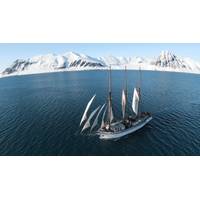
Scientists to Study the Arctic in a Wooden Schooner
scientific and technological equipment such as weather stations, FerryBox, CTD, bathymetry, communications and safety. Additionally, an online dashboard will be created to convey the findings and capture stories through digital and broadcast content capture.The project is being supported by Plymouth Marine Laboratory (PML), Valeport, (which designs and manufactures oceanographic and hydrographic instrumentation), Mole Energy, Dartmoor Brewery and Henri Lloyd.Travelling to seldom-visited areas of the ocean each year between June and October, Ocean Warrior intends to cover 10,000 nautical miles each year
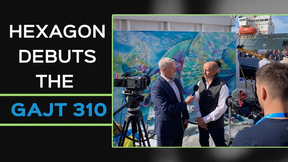
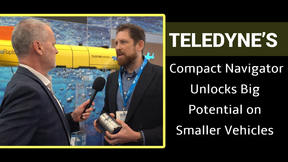
 February 2025
February 2025





